5 Ways to Remove Calcium Deposits From Your Coffee Maker (ByeBye to Hard Water Buildup)
If you’ve owned your coffee maker for a long time now, then chances are, you’ve encountered those annoying white flakes in your machine.
These are undesirable calcium deposits, infamously known for wreaking havoc on the taste of your coffee beans and potentially depreciating the health value too.
Having owned different coffee machines before even becoming a barista, I have dealt with these calcified culprits in different ways, which I’ll be sharing with you in this guide. With these methods, you’ll not only revive that crisp morning brew flavor but also ensure your coffee maker has a longer appliance lifespan.
Let’s get started.
Recognizing Calcium Deposits in Your Coffee Maker
Keeping your coffee machine clean isn’t just about it looking nice; it is essential for ensuring that your daily cup of coffee has the best taste and quality.
If you’ve noticed white, chalky deposits on the inside of your coffee pot or a decrease in the flavor of your favorite coffee beans, it’s likely due to calcium deposits or limescale.
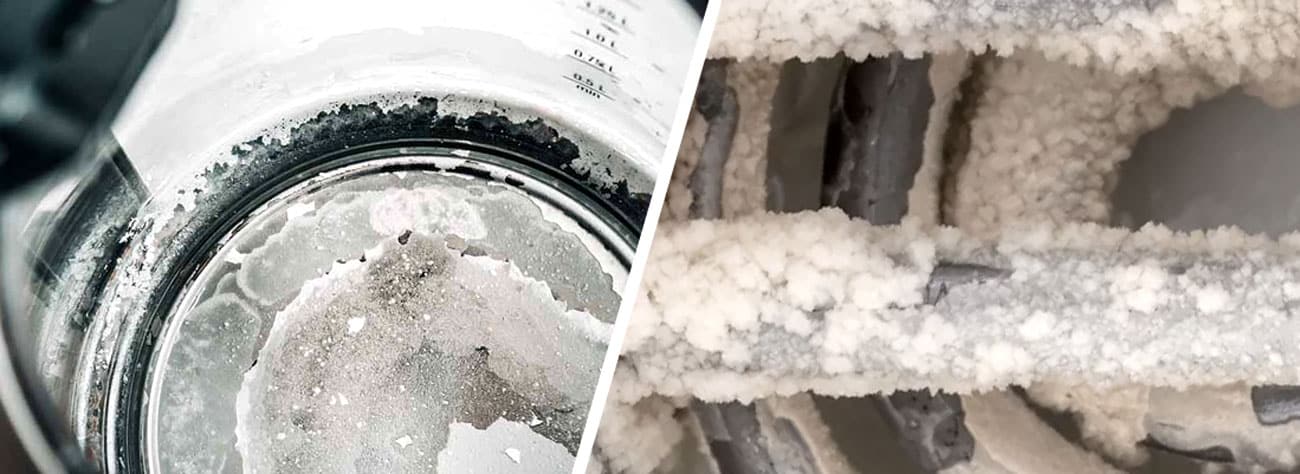
Identifying calcium buildup isn’t difficult once you know what to look for. These mineral deposits usually appear as a white or yellowish substance on various parts of your machine such as:
- Coffee pot
- Water reservoir
- Filters
- Heating elements
- Pipes
- Valves
- Everywhere that water passes through
If you’re observing white spots forming where they shouldn’t be within your appliance, don’t worry. It’s probably just pesky calcium getting comfortable where it doesn’t belong and you can flush them out with a few steps.
5 Methods to Remove Mineral Deposits from Your Coffee Maker
I wouldn’t want you to invest in a pricey espresso machine or drip coffee maker and just lose them to damaging elements such as calcium buildup, so here are my five tried-and-tested methods for removing unwanted mineral buildup in your machine:
1. White vinegar
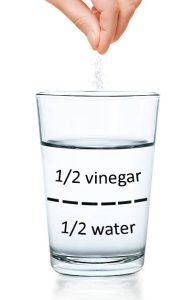
Vinegar is an excellent natural cleaner that helps break down calcium deposits in your coffee pot or machine.
It is one of the easiest and most effective methods is using white vinegar as a descaling solution. It is also very quick to act, you can literally hear the deposits melting away.
- Begin by filling the water tank with equal parts vinegar and water.
- Run a brewing cycle until halfway through, then turn off the machine.
- Let it sit for 20-30 minutes.
- Finish the cycle and discard the mixture.
- Run multiple cycles with fresh water to rinse out any remaining traces of vinegar.
Warning: Vinegar is acidic, which can degrade rubber seals if you use it too often. This means don’t descale with vinegar every week, just every month or so.
2. Lemon juice
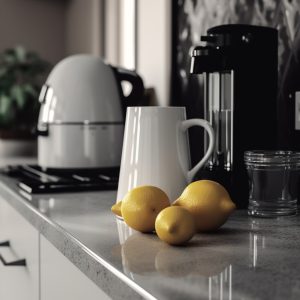
Another option involves utilizing lemon juice as an acidic ingredient to dissolve calcium deposits effectively.
This isn’t as effective as vinegar though.
- Fill your coffee pot with half a cup of lemon juice followed by warm water until full.
- Start a brewing cycle without adding any coffee grounds or coffee filters, allowing the lemon juice-water mix to clean out all those stubborn mineral residues in your machine.
- Afterward, thoroughly wash out both the carafe and filter basket.
- Run additional cycles with clean water to eliminate any lingering lemon flavor.
3. Baking soda
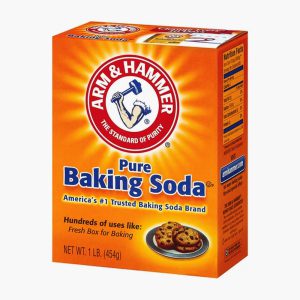
If you prefer a different approach, baking soda can do wonders for cleaning your coffee maker.
Baking soda needs much more time to break down the hard water buildup, so be patient.
- Create a baking soda mixture by combining a quarter cup of baking soda with hot water.
- Fill the reservoir with this solution.
- Run two full cycles through your machine. This will help break down the calcium deposits and leave you with a clean, deposit-free pot.
- Rinse everything well with warm water to ensure no residue is left behind.
4. Hydrogen peroxide
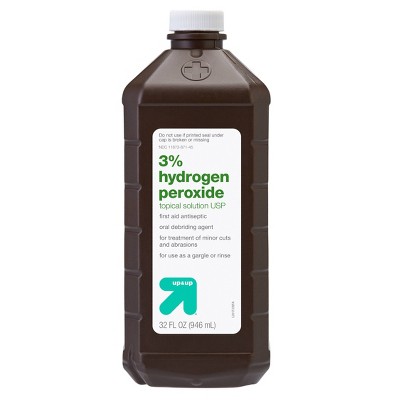
For those who have hydrogen peroxide on hand, it can also be used as an effective cleaner for removing calcium deposits from your coffee maker.
- Simply add one cup of hydrogen peroxide to the reservoir and fill the carafe with hot water.
- Run as many cycles as needed until all traces of calcium are dissolved.
- Once finished, dump out the solution, and rinse everything thoroughly
- Run at least 2 additional cycles with fresh water to make sure any remaining peroxide is completely removed.
This is my least favorite method, but it does work. However, you need to be extra careful with handling it, and make sure it is thoroughly rinsed out of your coffee maker.
5. Commercial descaling solutions
Commercial descaling solutions which are specifically designed for removing mineral deposits are also effective for cleansing your machine from that white mineral buildup.
Just follow the instructions on the package of the descaling product such as the Impresa Descaler. Oftentimes, these solutions are easy to use: just mix them with water, run them on your machine, and rinse your coffee maker’s insides by running fresh water within it in multiple cycles.
By regularly using these cleaning methods which I can vouch for through personal experience, you’ll be able to keep your beloved coffee maker in excellent condition while enjoying consistently delicious cups of coffee every day.
You can also check out more alternative cleaning solutions for your coffee machine if you don’t have vinegar.
How to Prevent Calcium Deposits in Your Coffee Maker
Now that you know how to get rid of those annoying deposits, make sure that they don’t return and haunt you again with these tips:
- Use Filtered or Softened Water – Hard water contains high levels of minerals like calcium and magnesium, which contribute to those stubborn white deposits. By opting for filtered or softened water, you’re providing a cleaner and purer liquid for brewing.
- Clean Regularly – Embrace an ethos of cleanliness. Every month (or maybe more often if required), give your machine a good clean and descaling. Regular cleaning stops residue from building up inside parts we can’t see. Regularly Clean Removable Components like carafes, filter baskets, and reservoirs with warm soapy water to remove any trace of residue buildup before it becomes hard-to-remove deposits.
- Avoid Chemicals and Buildup from Household Cleaners – Harsh household cleaners might be effective for harsher dirt in your home but they can spell disaster for your coffee makers. Stick to gentle alternatives like white vinegar, lemon juice, or baking soda when it’s time to clean up. This way you avoid harmful residues from those chemicals.
- Follow Proper Cleaning Techniques – To clean your coffee maker effectively and prevent calcium deposits, follow the manufacturer’s instructions for cleaning and maintenance. This includes using the right amount of cleaning solution (such as a mixture of vinegar and water) and properly rinsing after each cycle.
Frequently Asked Questions (FAQs)
Here are answers to some common questions about cleaning calcium residue on coffee makers:
No, it is not recommended to use borax as a cleaner for your coffee maker. While borax has been proven effective at removing certain stains and buildup, it poses potential health risks if not rinsed thoroughly from surfaces.
Although it can effectively remove calcium and other mineral deposits, CLR is a strong chemical cleaner that may leave behind residues if not thoroughly rinsed out. Using CLR in certain types of coffee makers, such as those manufactured by Gevalia, Keurig, or Cuisinart, is also explicitly stated as unsafe.
It depends on the level of mineral buildup in your machine. Running vinegar through your coffee maker once every few months should be sufficient for routine descaling. However, if you notice excessive scaling or lingering taste issues in your brewed coffee even after running one cycle with a vinegar-water solution, you might need to repeat the process a couple more times until all the mineral deposits are removed.
And make sure to run 2 clean cycles afterward, or else your coffee will taste like vinegar…
Limescale isn’t really bad for you (although it does taste bad). It’s just a buildup of minerals you already find in the water you drink. However, limescale is a telltale sign that you really need to clean your machine because bacteria can also thrive where limescale is.
You may mistake mold for calcium deposits. Mold is a much more serious issue and can give you the notorious Keurig sickness (not exclusive to Keurig machines). Calcium deposits are chalky and flaky to the feel and often equally cover the surfaces of your coffee machine’s interior. Meanwhile, mold is often soft, comes in splotches, and has this spiderweb-like appearance to it if you look close enough.
Conclusion
If you’re not wary about what type of water you’re using in your coffee, then you can expect calcium deposits to appear in your brewer. But this shouldn’t be a big issue if you clean your coffee maker regularly and take the necessary steps to prevent them from thriving inside your machine.
With common household items that you probably have in your kitchen right now, these white scales can easily be dealt with. So give my recommended cleaning methods a try and you can enjoy your brew with all of its delicious flavors and health benefits without worrying about limescale.

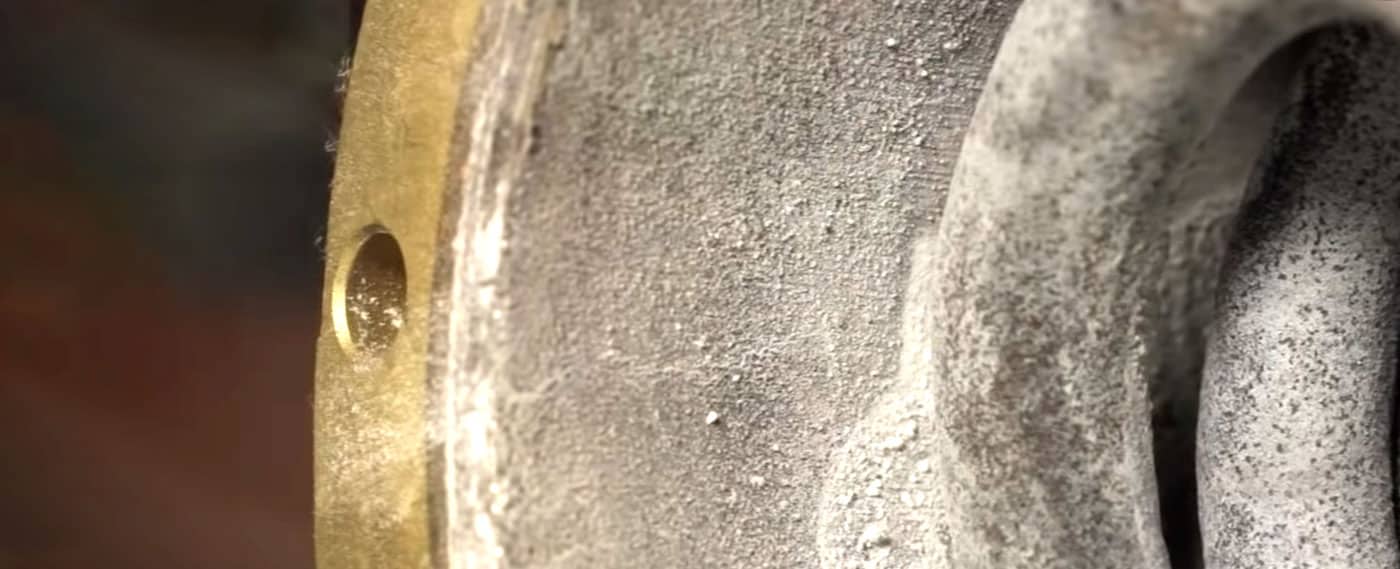
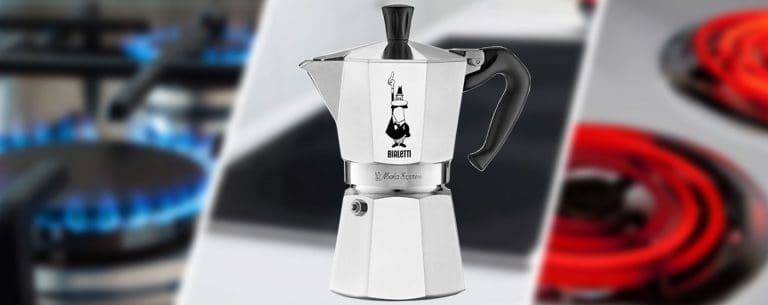
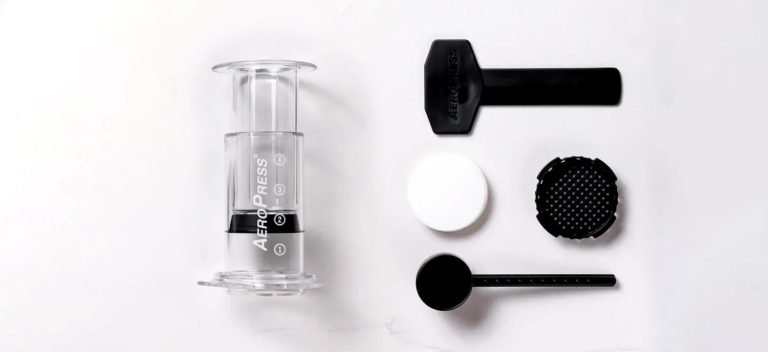
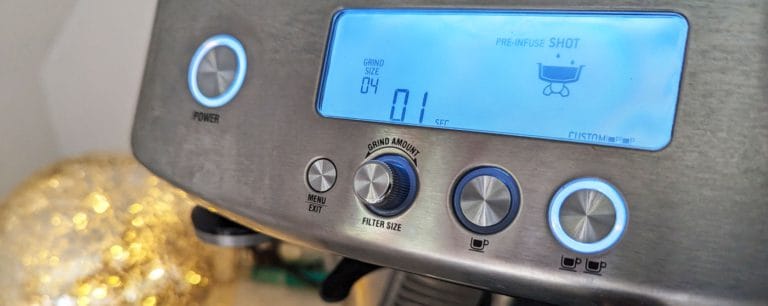
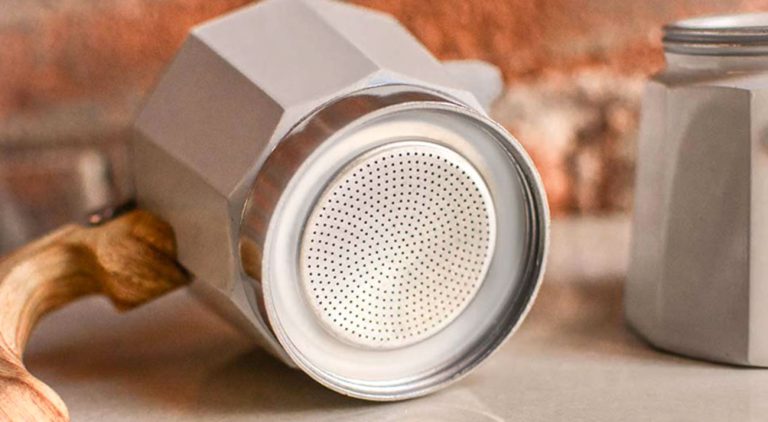



Huge thanks for the descaling solutions, Tom. My coffee tastes so much better now. I’m curious if there’s a particular coffee maker brand or model that’s less prone to these calcium deposits since I’m considering an upgrade soon.
No, it depends on the water in your area. But if you install a water filter (since you should be using filtered water to brew coffee), the water will be softer and cause less limescale.
Had to chime in here—vinegar is indeed a great descaling solution, but make sure to use it sparingly as Tom advised. The acidity can damage parts over time. If you’re descaling very often, it might be a sign of extremely hard water, and investing in a water softener could save you a lot of hassle and extend the life of your coffee machines.
Yes I agree, and also remember that using filtered water already makes the water softer.
As a barista, I always prefer commercial descaling solutions for their consistency and effectiveness. However, Tom’s DIY methods are great for home users looking to save some cost. Just remember, safety first – always wear gloves when handling chemicals like hydrogen peroxide.
After reading this article, I feel like a coffee machine expert. Tom, can you share how often we should descale our coffee makers if we’re using it daily? And is there a difference in buildup between tap and filtered water usage?
Just tried the white vinegar trick on my old espresso machine, and it’s like a whole new brewer. I had no idea the bitter taste was from calcium build-up. Thanks for the great tip, Tom. I’m super grateful for the easy-to-follow guide.
Tom, I’ve used lemon juice based on your advice, and it worked okay, but not as well as I’d hoped. Could this be because of the brand, or is it just less effective in general? Maybe I did something wrong? How do I tell if all the deposits are truly gone?
If you are using pre-packagd lemon juice, look for the dilution percentage. Some of them hardly have any lemon juice, just artificial sour taste and other things. It’s better to use real lemons if you don’t want to use vinegar, not packaged “lemon juice”.
Wow, I always thought these white bits in my coffee maker were just some sort of sediment from the water. Thanks for the eye-opening article. How do you recommend dealing with hard water to prevent this issue, though?
There is not much you can do if the water from your pipes is hard. If you live in a house, you could actually install a water filter to your main water line, but that is another topic on its own.
Just a heads-up to those trying vinegar – be sure to rinse thoroughly unless you want your next few cups of coffee to have a tangy flavor. Learned that the hard way.